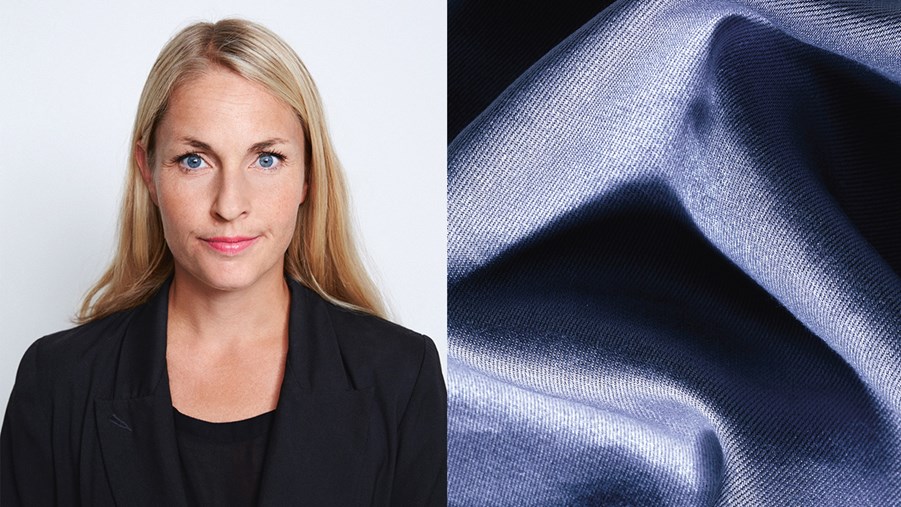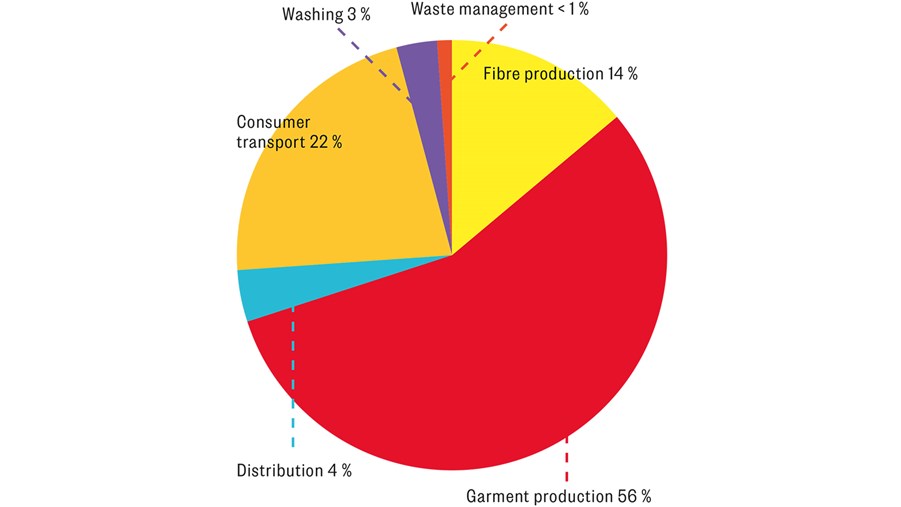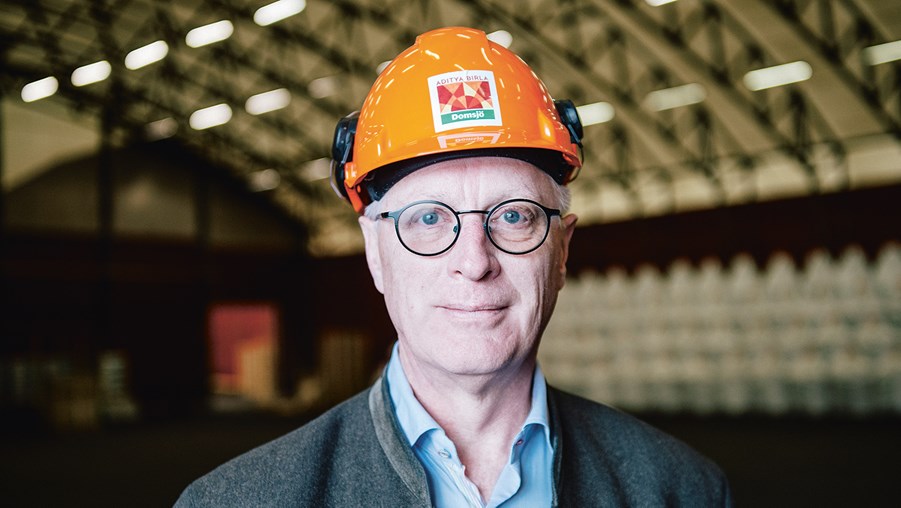
"It is important to set real goals for several reasons," says H&Ms Environmental Sustainability Manager, Cecilia Brännsten. "It generates motivation internally, makes our commitment clear to the supply chain and inspires other players in the market."
H&Ms environmental strategy is built on a circular vision and encompasses the entire business, from design and production to usage and recycling. In terms of materials, the goal is for the Group to have switched completely to recycled or other sustainable materials by 2030.
How can H&Ms actions influence others in the industry?
"We are fairly large, so we have an important role to play. For example, we see only a limited supply of many better fibres. In that case, our role is to demand those materials so that supply increases."
Do you see any demand for sustainable textiles from your customers?
"We carry out an annual customer survey and one of the questions we ask is about sustainability. We're seeing growing awareness about environmental matters there. Then of course we also see how our products made of sustainable materials sell."
How does H&M view the usage of cellulose-based fibres such as viscose?
"Viscose is a renewable material, which is good from a sustainability perspective. But it also has challenges associated with it. We must ensure that the raw material comes from sustainable forestry. Viscose is also a chemical-intensive fibre, but it really has the potential to be sustainable. We also want to encourage the use of recycled raw materials."
Can viscose become an alternative to synthetic materials in the long term?
"Yes, especially if we include recycled raw materials. The shift from synthetic to cellulose-based fibres will continue to increase so we must ensure that they are sustainable, partly through sustainable production of raw materials and partly through increased use of recycled fibres. More wood-based fibres will also be developed that are not based on the viscose process.



